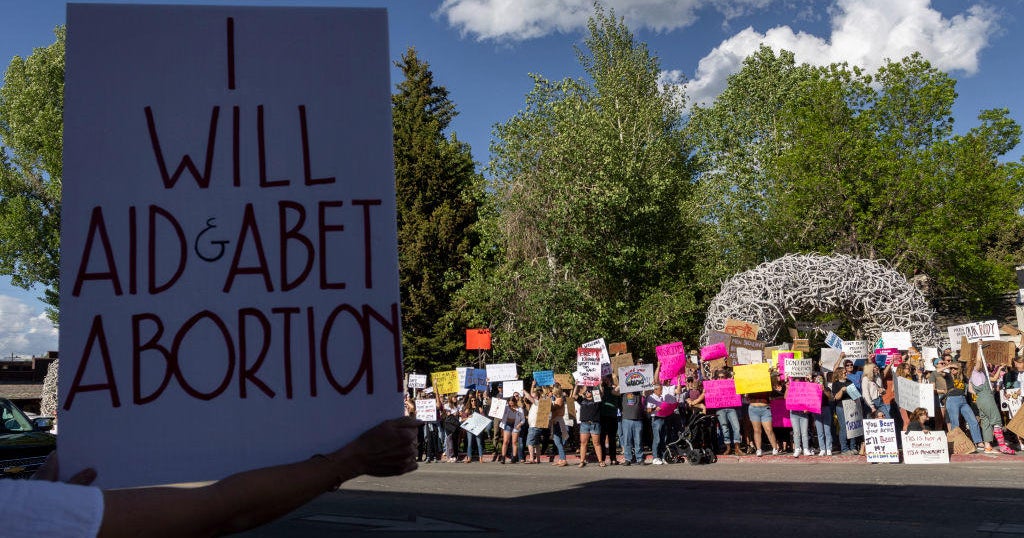Kare11
Feeding our Future bribe details outlined in new court documents

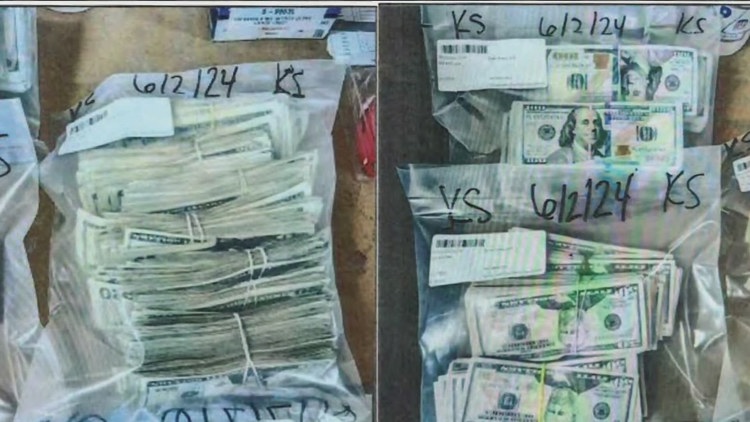
Federal prosecutors laid out the communication between defendants the morning after the $120,000 bribe attempt.
MINNEAPOLIS — Editor’s note: The video above first aired on KARE 11 in July 2024.
The defendants charged in the $120,000 juror bribe attempt during the Feeding our Future meal fraud trial waited anxiously the next morning to see if the juror showed up in court, thinking that if she did, that meant she was “all-in.”
That’s according to a court document filed Monday by prosecutors in the case. But when lead prosecutor Joe Thompson announced the bribe, the document said the defendants immediately began deleting messaging apps on their phones.
Thompson filed the new document in an attempt to add information to the presentence report of Mukhtar Shariff, who was convicted in the meal fraud trial, but until now, was not implicated in the bribe scheme.
“Since the issuance of the final presentence investigation, the government has learned that defendant Shariff knew about the bribery attempt and destroyed communications he had with his co-defendant Abdiaziz Farah about the bribe,” the document said. “But despite Shariff’s attempt to destroy these communications, FBI Computer Analysis and Response Team members were able to recover the notifications of incoming messages on Shariff’s phone as well as Abdimajid Nur and Said Farah’s phones.”
Ladan Ali has already pleaded guilty to her role in the bribery plot, dropping off the bag of money at the home of the woman referred to as “Juror 52.” Ali said she initially planned to steal the money for herself but was not able to because one of her co-defendants allegedly came with her at the last minute to video record her delivering the bribe.
Messages recovered from Shariff’s phone showed his co-defendants allegedly asked how to clean up the video of the bribe since it was raining outside and looked blurry.
Court documents also revealed messages from the alleged mastermind of the bribe plot that night, Abdiaziz Farah, to Shariff:
- 10:26 p.m. from Abdiaziz to Shariff: “100 for our freedom is nothing bro, worth trying everything bro”
- 10:29 p.m. from Abdiaziz to Shariff: “That’s it bro. I have a good feeling she will come through and that’s a lot of money for her family.”
Then Farah makes reference to the federal judge presiding over their case, Nancy Brasel:
- 11:01 p.m. from Abdiaziz to Shariff: “Get some sleep man. You got judge Nancy . . . waiting for you”
- 11:08 p.m. from Abdiaziz to Shariff: “Ameen bro. She is a terrible human being. My wife and siblings stopped coming to court coz they couldn’t stand her”
- 11:14 p.m. from Abdiaziz to Shariff: “She is still a G employee who is jealous of all of us. InshaAllah it will be smooth bro! Goodnight bro.”
The morning Thompson announced the bribe and asked for the defendants to be taken into custody, Thompson noticed several of them immediately grab their cell phones. FBI analysis determined that Shariff uninstalled and deleted the Signal encrypted messaging app from his iPhone at 8:43 a.m., according to the court document.
Shariff’s sentencing date is not currently scheduled. Prosecutors are asking for 21 years in prison.
Kare11
Trial begins in case of Indian family who died crossing border


The trial, taking place in Fergus Falls, puts a spotlight on the dangers of human smuggling.
FERGUS FALLS, Minn. — A jury has been selected in a high-profile federal trial this week accusing two men of running a human smuggling operation at the U.S.-Canada border, where Manitoba, North Dakota and Minnesota meet.
The trial, taking place in Fergus Falls, Minn., is expected to last the rest of this week, according to CBC News. The case has gained international attention because the smuggling operation involved the death of the Patel family, who froze in 2022 while making the dangerous journey across vast, open farmland in sub-zero temperatures.
Prosecutors allege that Steve Shand and Harshkumar “Harry” Patel — who is not related to the family that died — worked to facilitate border crossings for a large group of Indian nationals that winter. According to court documents, Shand told investigators that “Patel recruited him to transport illegal aliens from the U.S./Canadian border in Minnesota to the Chicago area for money.”
The deaths of Jagdish Patel, Vaishali Patel and their two young children made headlines across the world, including in their home region of western India, by highlighting the desperation of migrant families and the dangers of human smugglers that take advantage of them.
Thomas Leinenweber, an attorney for Harshkumar Patel, told KARE 11 in a statement that “we look forward to the trial and the chance to show that Mr. Patel took no part in this tragic event.” Meanwhile, CBC News reported that Shand’s attorney, Aaron Morrison, argued unsuccessfully during jury selection on Monday to shield jurors from seeing photos from the family’s deaths.
The alleged smuggling operation at the Canada-U.S. border is also part of a larger immigration trend, involving migrant families attempting to cross into America through the North rather than the South. As KARE 11 reported last year, apprehensions have skyrocketed in the Grand Forks, N.D. region in recent years.
According to the latest U.S. Customs and Border Protections data, the number of apprehensions in the Grand Forks region more than tripled from 81 in 2022 to 300 in 2023. So far in 2024, the agency reports 259 apprehensions, which appears to be on pace for last year’s total with winter months now looming.
Ana Pottratz Acosta, an expert in immigration law at Mitchell Hamline School of Law in Saint Paul, said these trends may continue with enforcement continuing to tighten in the south. She also said that human smugglers are clearly preying on vulnerable families that have few other options than to leave their home country.
“Often times these are kind of complex operations,” Acosta said, “where they are often working in cahoots with other criminal organizations on opposite sides of the border to try to take advantage of very desperate circumstances.”
Kare11
7-year-old Lakeville boy wins $900 in football pool
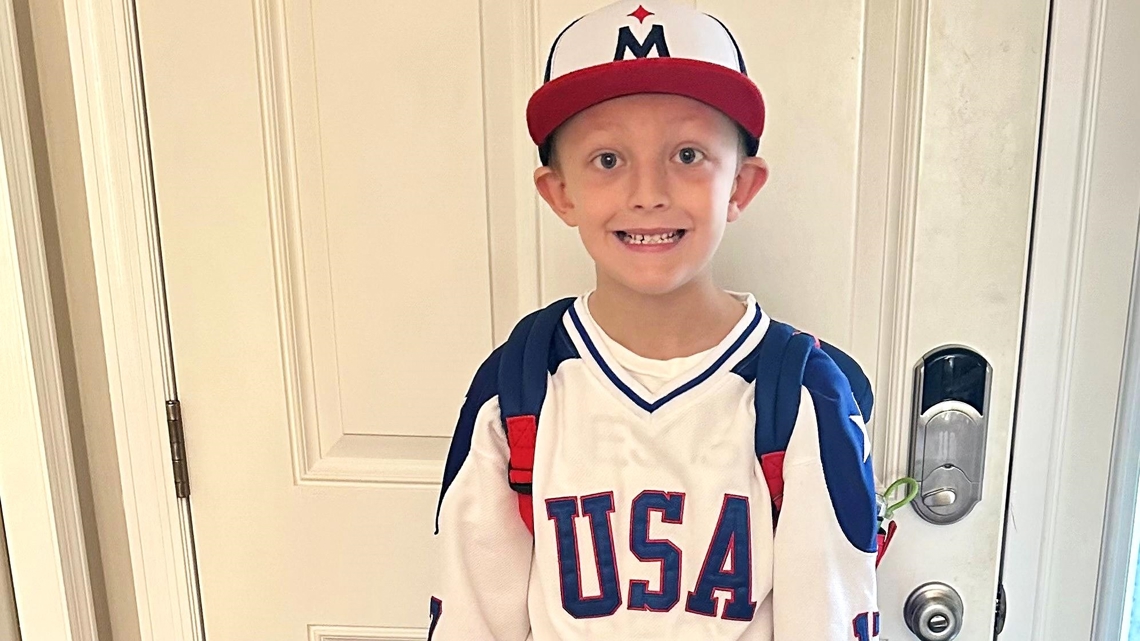
Christian Amundson’s grandma entered him in the pool. The second-grader took it from there.
LAKEVILLE, Minn. — Conceived in the heart of Lakeville, born among the regulars at Babe’s Hometown Bar, exists a hometown football pool.
“We think we started about 10 or 11 years ago,” Jane Gray says. “We call it ‘King of the Hill.’”
Jane birthed the little NFL pool that’s grown to 90 participants who each pay $10 to play.
“You pick a team to win,” Jane says, “and if that team wins you move on — but you can never pick them again.”
Simple appeals to Cathy Reppe.
“I’ve been in it a few years,” she says, “and I usually got my oldest grandson — I get him in it.”
Cathy’s grandson, Jackson, is 21.
Jackson’s little brother, Christian, is 7.
At the start of this year’s NFL season, for the first time, Cathy decided Christian shouldn’t be excluded from the football pool. So, she threw in an extra $10.
“It was the last minute. I said, ‘You know what, I’m going to put Christian in, too.’”

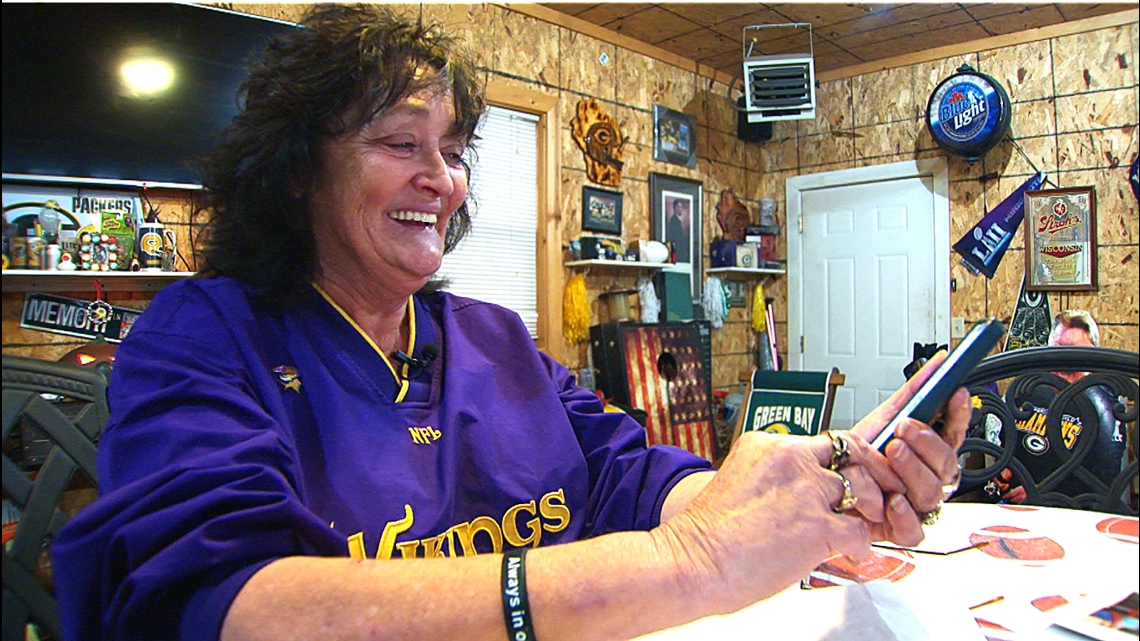
Christian loves sports. His room is a shrine to the Wild, Twins, Timberwolves, and the Green Bay Packers. The latter can be blamed on his grandpa, Cathy’s late husband Kurt, a diehard Packers fan whose influence spread first to Jackson, and then to Christian.
But now both grandsons were in the football pool, with Christian as the youngest participant ever.
Eighty-nine adults, and a second-grader.
The first week, Christian chose the Saints.
His grandmother should have.
“I got knocked out the first week,” Cathy laughs.
The second week, Christian chose the Chargers and won again.
“I think I saw their record,” he later said. “I picked the right records.”
Most of the adults in the pool did not choose so well.
“The first week we had lost 41 and the second week we had lost 34,” Jane says.
Week three, Christian picked the Bills — and won again.
Christian’s mother, Maria Amundson, wasn’t participating in the pool herself but quickly gained interest.
“Every week he made it further, his eyes got wider, and his smile got bigger, and then we found out there were seven people left — five people left — and I’m like, ‘Whoa.’”

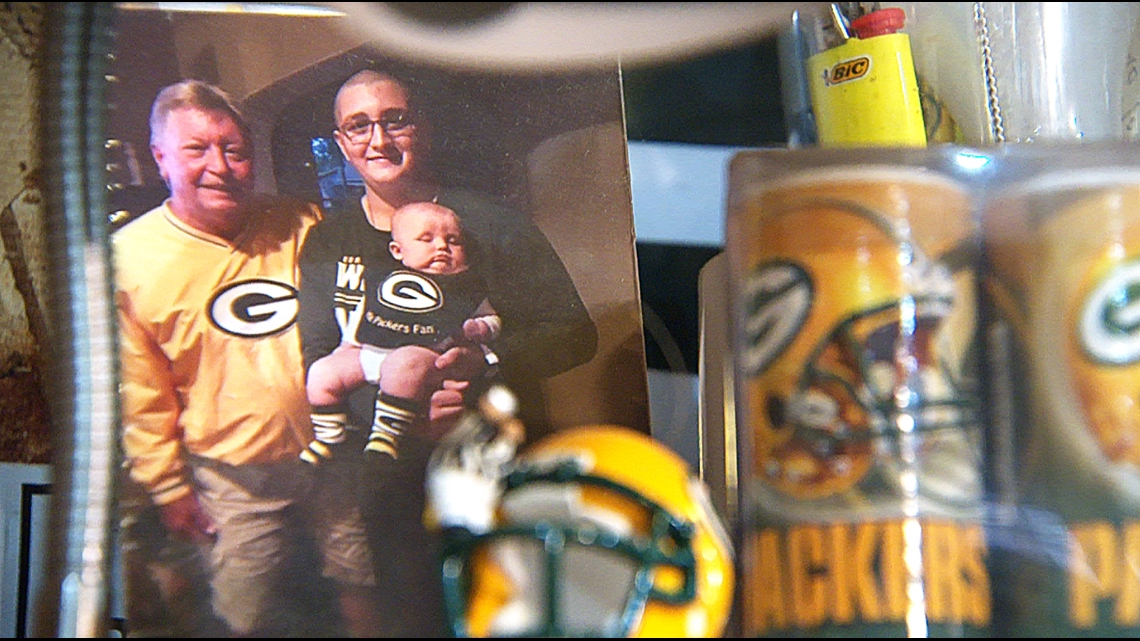
Then, week four, Christian’s mom nearly blew it.
“I put him to bed, and I forgot to ask him who he wanted,” she says.
Maria picked the Texans for her son.
By the next day, she was doubting her choice.
“I saw they were losing with about a minute left, and I thought, ‘Oh, no.’”
The Texans scored a touchdown to win — with 18 seconds left.
“And I thought, ‘Oh boy, I’m never picking again,’” Maria laughs.
At Babe’s bar, the news was starting to spread.
“I’m down to these older gentlemen,” Jane says. “He hasn’t won yet, but I said, ‘You’re getting beat by a second-grader.’”
“Yet” proved to be the operative word.
In week five, Christian picked the Chiefs.
Cathy saw the text from Jane on her phone the next morning.
It read, “Your grandson Christian won $900.”


“It was amazing!” she says, still beaming more than a month later.
The 7-year-old had beaten all 89 adults.
“I’ve never had to have the winner be driven by his mom to get the money,” Jane laughs.
Jane and her husband Tom were among the losers.
“I got to admit it was a little tough on the ego when I found out I did lose to second-grader,” Tom says sheepishly.
Tom and his friends wondered, “‘What does a second-grader do with $900?’”
A few blocks away, Christian sits in his bedroom showing some visitors, at their request, a wallet stuffed with bills.
Christian’s mom let him keep $200. The rest, she put away for later.
“Yeah, it’s a lot,” Christian says.
“He did want to bring some money to church to put in an offering,” Maria says.
Christian tried to give Jane a $50 tip.


The organizer of the football pool wasn’t accepting. “I said, ‘Nope, that’s yours.’”
Christian’s attempts to share didn’t end there.
“He wants to give a hundred to his brother,” Christian’s mother says. “His brother said, ‘No.’”
Christian got the same response when he tried to pay his grandmother back the $10 she spent on his entry fee.
“Keep it,” Cathy told him.
She also had a suggestion.
“I said, “You know what? We’ll put you in again next year.’”
Cathy says her grandson responded, “Grandma, I think I’m fine. We have enough money now.”

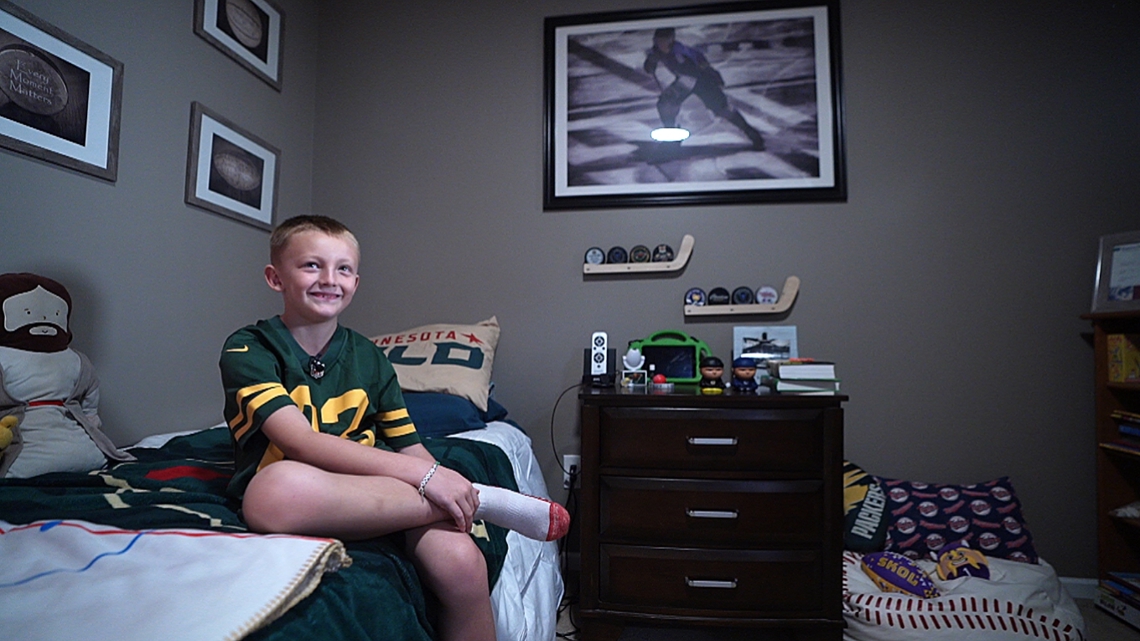
Christian did spend $40 of his winnings on more sports memorabilia for his room. This time, tiny figurines of NFL players called Teeny Mates.
They are all he wants.
“He’s a special little boy,” Maria says of her son.
Lakeville’s adults may have given birth to the $900 pool, but it took a second-grader to know happiness just doesn’t cost that much.
Boyd Huppert is always looking for great stories to share in the Land of 10,000 Stories! Send us your suggestions by filling out this form.
Kare11
Minnesota election officials double check machine count
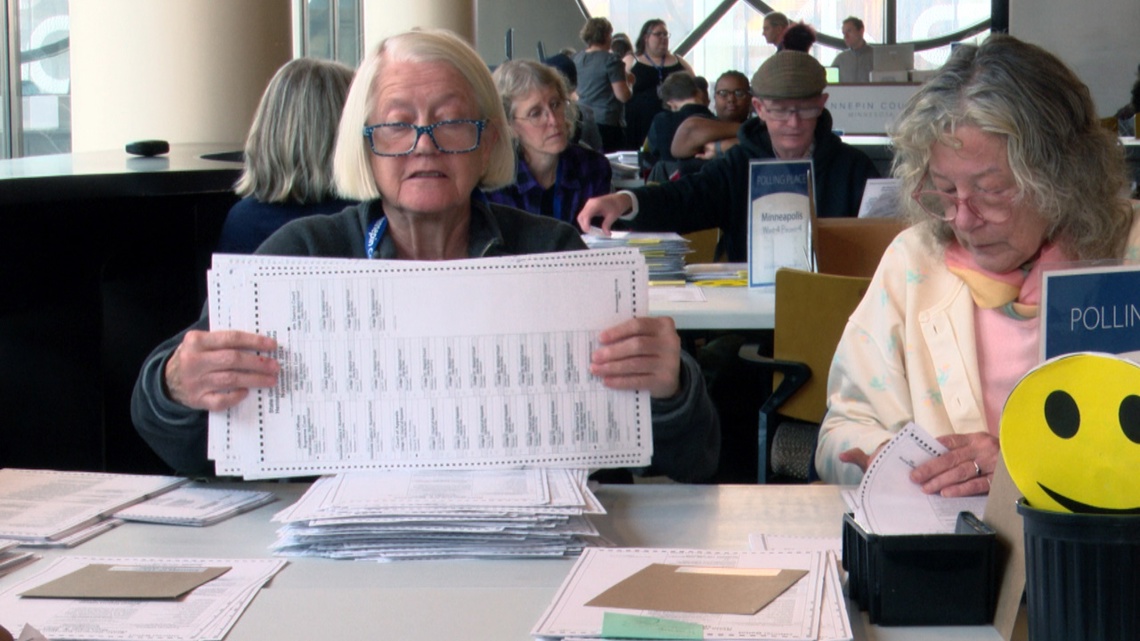

All 87 counties are doing partial recounts by hand to compare to machine results.
MINNEAPOLIS — Across Minnesota election judges are back to work taking part in post-election equipment reviews, double checking the vote tabulating machines.
These reviews happen every two years in all 87 counties no matter how smoothly the election goes, whether or not someone is questioning the accuracy of the count.
“This is a normal part of the elections process we do after every federal election, and the point of it is to make sure that election officials can satisfy themselves that the voting equipment counted all of the ballots accurately,” Ginny Gelms, Hennepin County Elections Director, told KARE. “It’s a good process for us to do. It’s in state law, and it’s also a transparent process, so people from the public and come in and observe that the voting equipment counted the ballots accurately.”
Hennepin County election judges gathered in a county office building in downtown Minneapolis Monday morning to begin an operation that would likely take at least a day and a half. They retrieved ballot transfer boxes from 12 randomly selected precincts encompassing 24,000 ballots.
Each precinct got its own table where judges sorted ballots first by presidential preference. After sorting them into candidate piles, they counted them, first by forming bundles of 25 ballots. It’s a process they must repeat for the US Senate race, and the Congressional race.
It all goes to verifying something election oversight veterans have found to be true; the machines get it right.
“The machines are quite accurate. As it turns out the machines are a lot better at counting pieces of paper than human beings are,” Gelms remarked.
Secretary of State Steve Simon came to observe and called the media’s attention to the event. He said it’s about building confidence in Minnesota’s election system.
“The reviews are always open to the public, just like the public accuracy tests that occur before the election to ensure the performance of election tabulation equipment,” Simon told reporters.
He noted that the results of the post-election review process are subject to being contested by a candidate or a party, and it’s just one of several opportunities for Minnesotans to challenge the result of election.
“We will certify results of the election Thursday, but even the certification could always be the subject of a court challenge. In our system there are many avenues of self-review, even outside challenges, all with the goal of making sure we got it right.”
Simon and the media weren’t the only ones invited to see the show. Average citizens and monitors from election integrity groups always come to watch the post-election review.
State law dictates if there are discrepancies in these spot checks, the election judges must pull in more sample precincts to review. That will help determine whether there’s a systemic problem or something isolated to the precinct where the hand count doesn’t match the machine count.
Gelms said it has never happened during her years working in elections administration, but it’s good to know there’s a process in place.
“I really appreciate being an election official working in Minnesota, because in Minnesota we have really great state-level laws that help us be transparent and satisfy ourselves after every single election, regardless of what happened in that particular election, that the system ran the way it was supposed to,” Gelms said.
“And if it didn’t, I appreciate that we have an opportunity to catch any errors here or there that might have occurred.”
After the review ends, all the ballots will go back into sealed ballot transfer boxes and go into secured storage until September of 2026.


